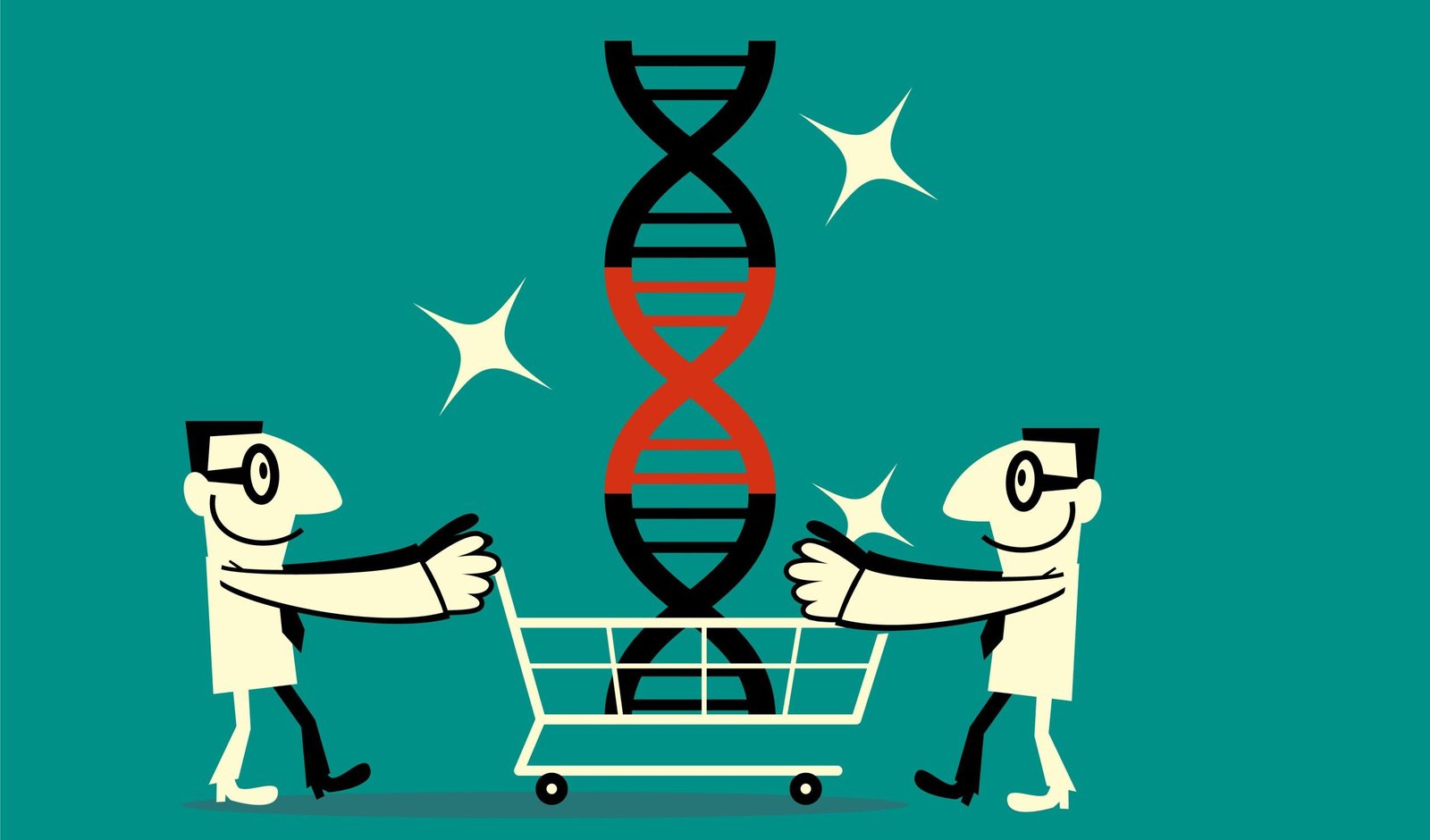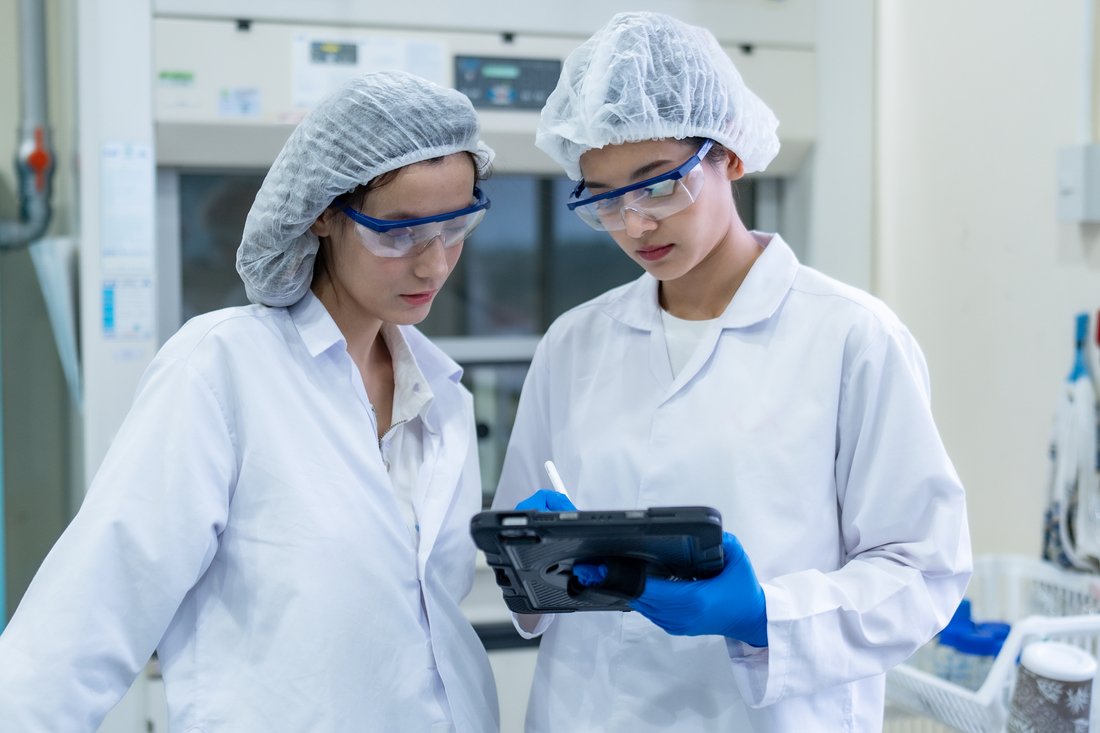The potential of gene therapies will only be realized if the manufacturing challenges can be resolved, and that’s a tricky task. “Gene therapies can be transformative,” says Charles Gersbach, PhD, a biomedical engineer at Duke University. “They can treat diseases that are otherwise untreatable, but—like any new modality—the potential that gene therapy has is matched with its complexities, which leads to some challenges.”
One of the key challenges is manufacturing, which he calls “much more difficult, expensive, and laborious than small molecule drugs or even biologics.”
Complex manufacturing plays a part in the high cost of gene therapies. According to Kaiser Permanente: “Gene therapies are extremely expensive, with prices as high as $4.25 million for a single dose.”
Such high costs impact the entire gene-therapy ecosystem. “If pharma has a hard time producing these treatments at scale to get to lots of patients, then it’s less likely that they might acquire biotechs that are producing these drugs, which might make it less likely that investors are going to invest in early-stage and development of gene therapies,” Gersbach says.
The interest of investors has declined. Based on analysis from DealForma: “Venture capital investment in gene therapies fell to $1.4 billion in 2024 from [the] 2021 peak of $8.2 billion.” That’s an even more startling decline when compared with the rise in overall venture investing in biopharma that increased by nearly $4 billion from 2023 to 2024.
Gersbach hopes that trend turns around soon. “Now that we have a couple of drugs that are commercial products, which is only new in the last five years or so, it’s brought to everyone’s attention what the challenges are in producing something commercially, even when it’s successful scientifically and medically,” he says. “But we’re at the very earliest days of that field, and there’s been a ton of innovation in gene therapy and gene delivery and gene editing and gene regulation.”
Crucially, Gersbach points out ongoing innovation in the production and manufacturing of gene therapies. “More automated processes for making these therapies, for engineering cells, for engineering viruses, and to be able to do that more consistently and with better quality control is coming along to address some of those issues,” he says.
Only time will tell if ongoing improvements in the production of gene therapies will trigger higher investment from venture capitalists, but experts keep pushing to accelerate production and reduce the cost of these treatments.
The post Can Automation Increase Investment in Gene Therapies? appeared first on GEN – Genetic Engineering and Biotechnology News.




